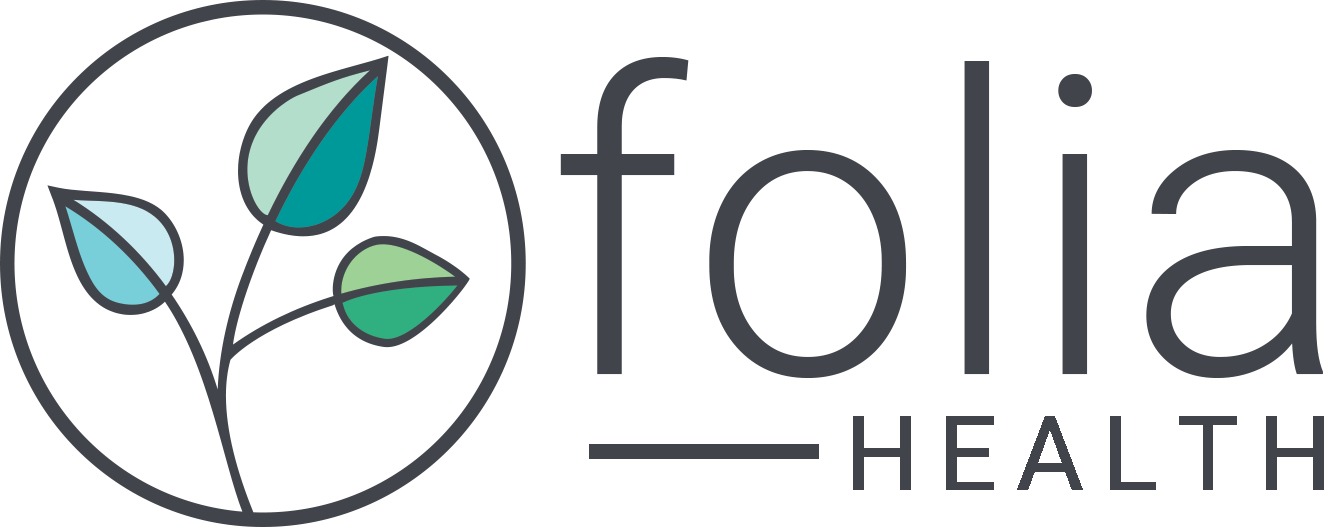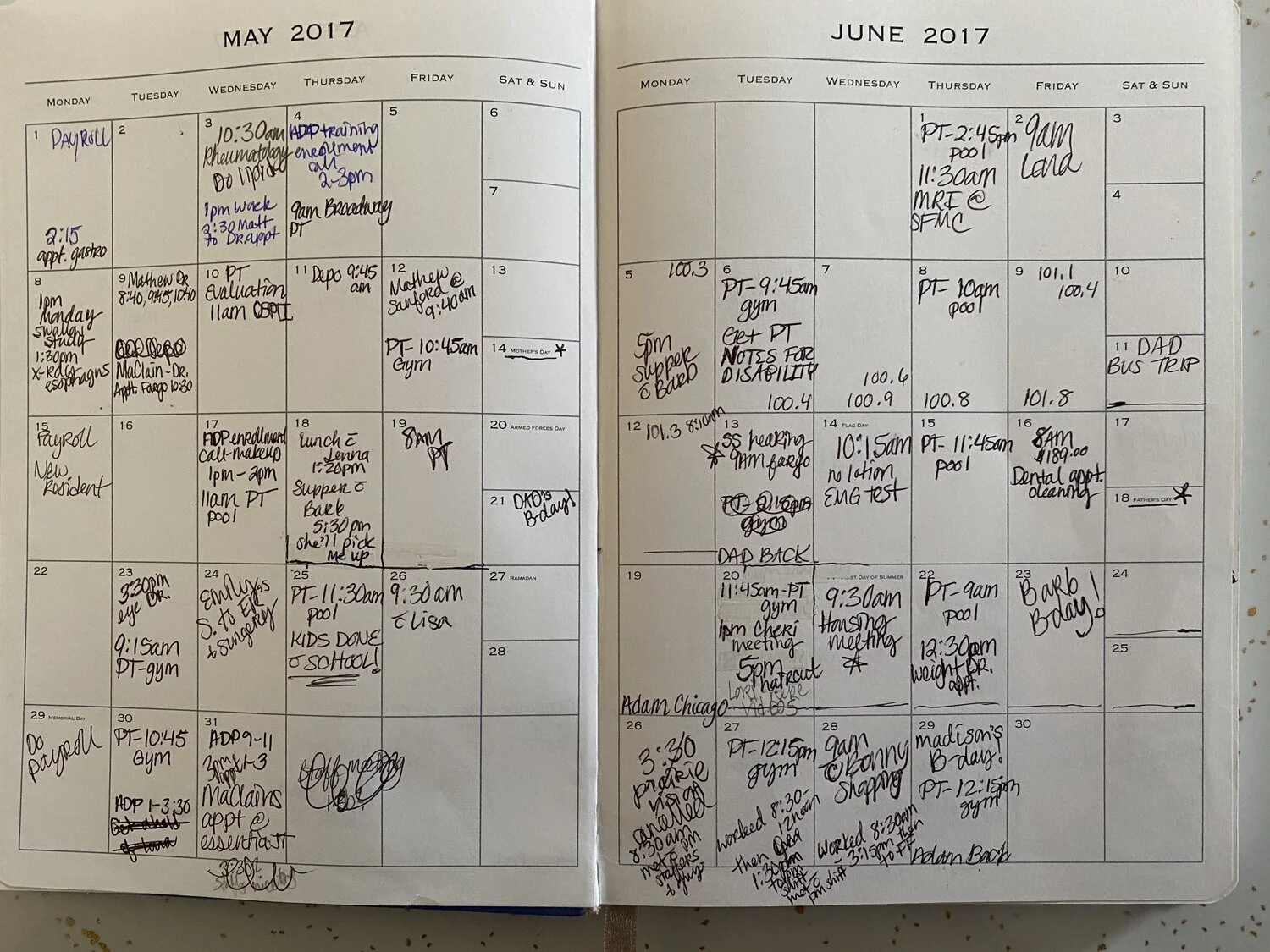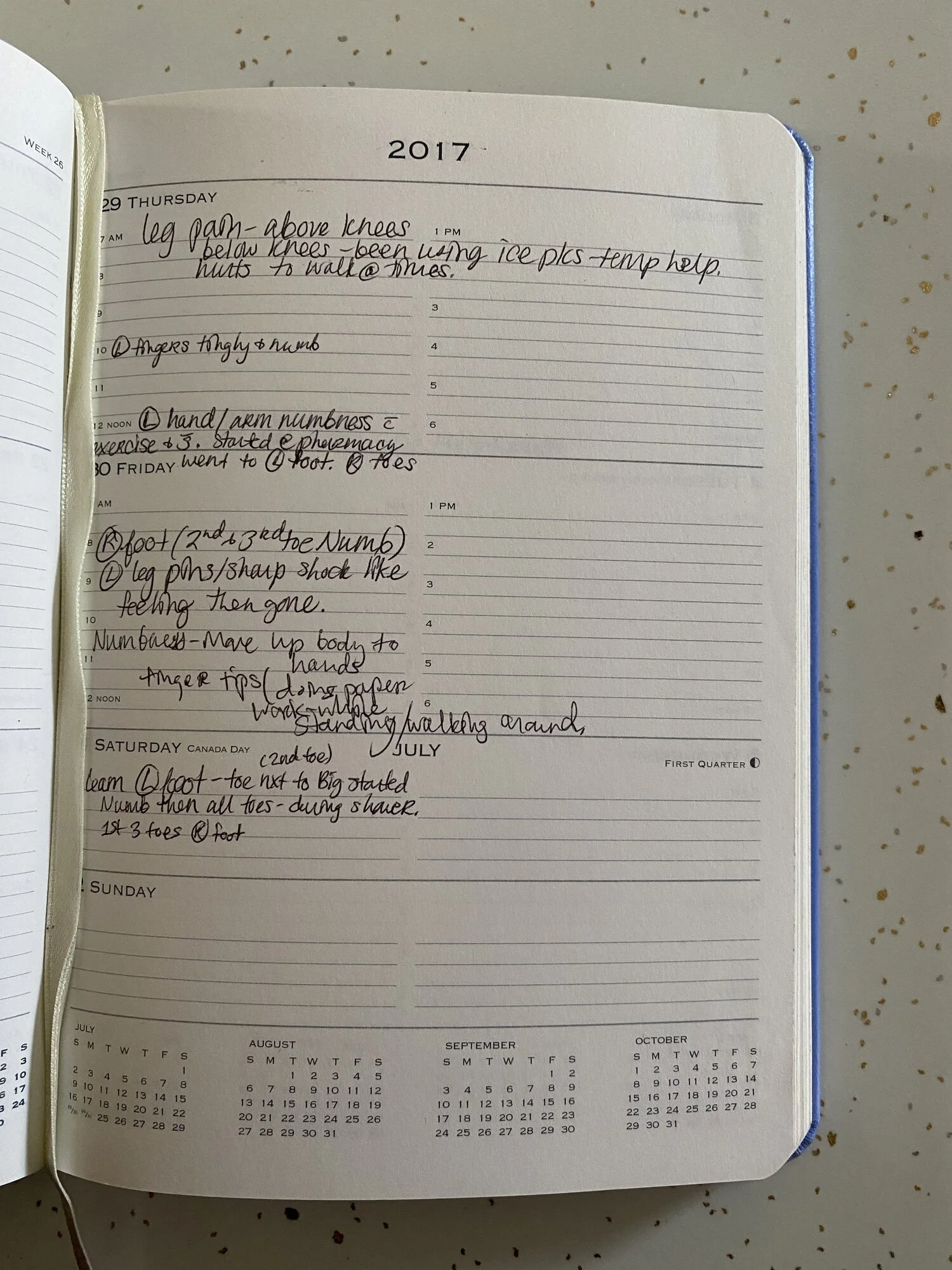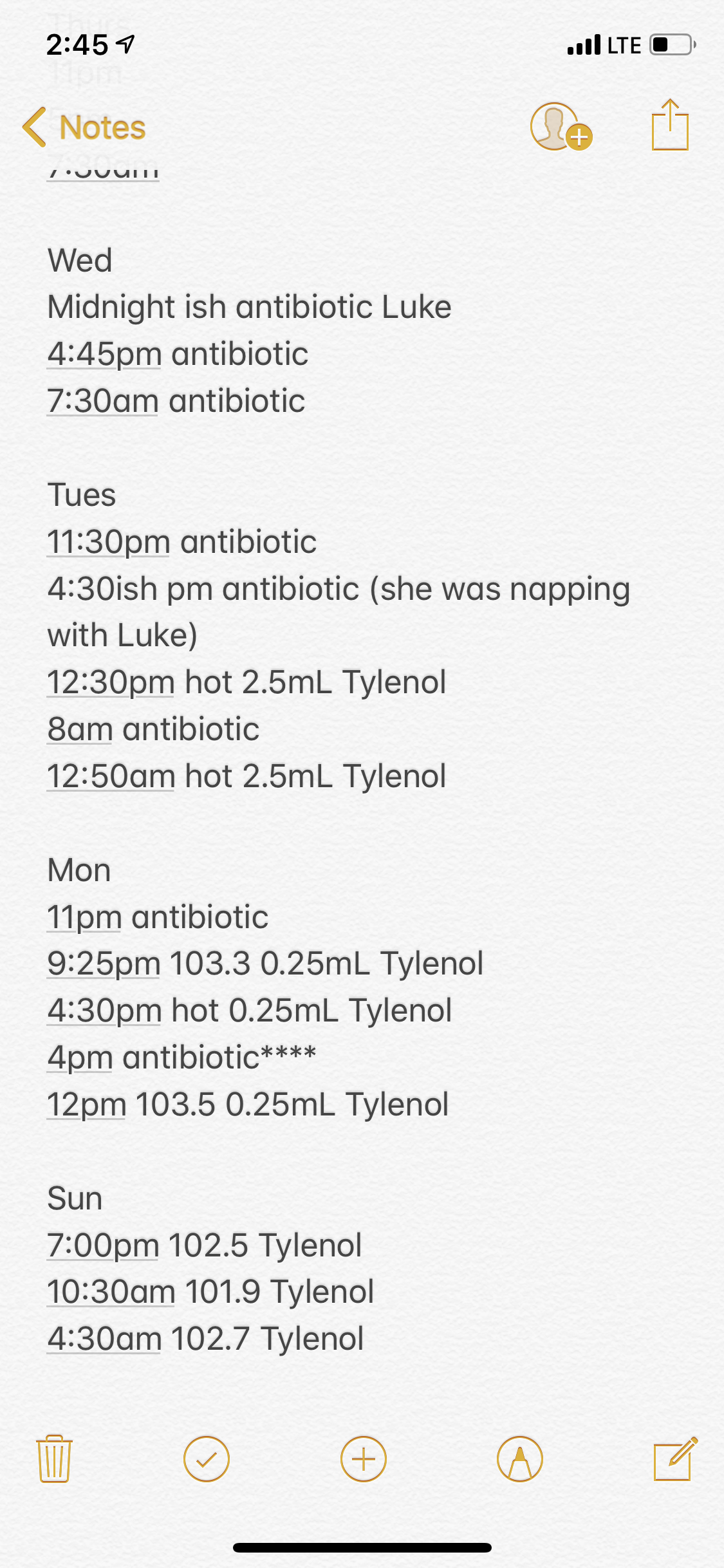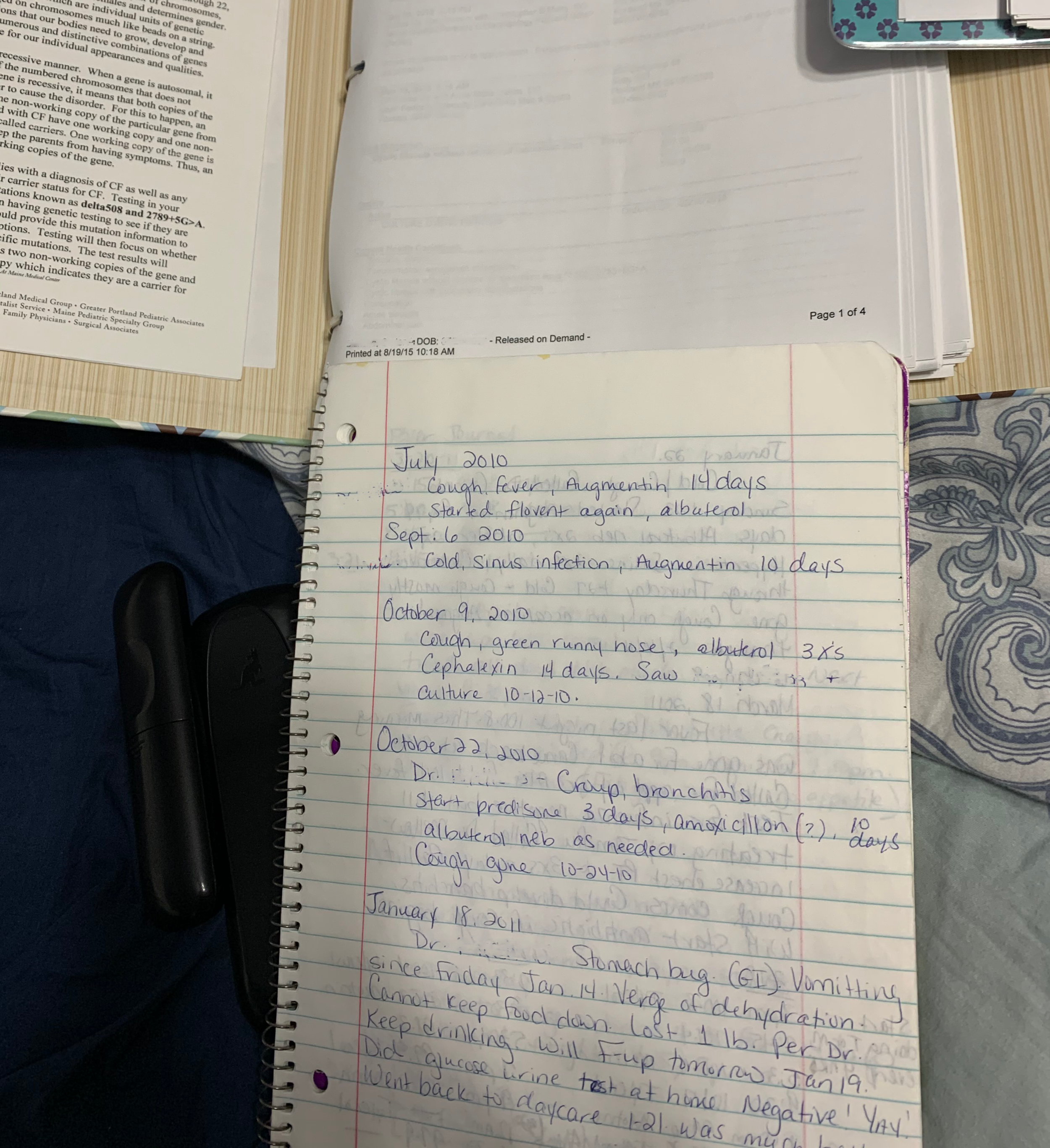How is your Folia data advancing medical care for your community?
I realized two things as I watched my mom manage my brother’s immunodeficiency during our childhood years. First, she had a wealth of knowledge on what was working to keep Paul healthy but it was burdensome to maintain. Second, the knowledge never made it back to the medical establishment to help others with his complex condition.
Folia was built to enable people like my mom to capture their observations quickly and easily, and then to share important insights with clinicians and researchers. Our first two years of operations focused on the first purpose. To help patients and caregivers manage their knowledge and improve their own care, we:
Built the underlying data structure to allow for maximum flexibility, comprehensiveness, and relevancy to the individual
Created an interface that delights users and simplifies their record keeping into a 90 second daily routine, and provides them a more meaningful and referenceable medical history than is currently offered in the EMR
Established operating norms to protect patient and caregiver privacy and interests in an increasingly complex digital world
User-submitted photos of their pre-Folia tracking systems.
Last fall, we began work on the second purpose - to unleash the power of patient & caregiver insights for better research. This is also our business model; prior to starting work on research, we were funded entirely by angel investors who believe in the need for home-reported outcomes to improve medicine. Now, research revenues are pitching in.
The promise of technology is that the time our users invest in managing their health can scale to have a one-to-many benefit. While contributing data to research is always a user opt-in, and Folia remains a free resource for patients and caregivers regardless of their data sharing status, our users overwhelmingly want to contribute their knowledge to benefit the generations of patients who will come after them. So it’s clear they are bought into this second purpose and it is a key part of why they use Folia.
2020 has been a crazy time to be building out a brand-new business, but we’re fortunate to report that we have been able to continue development of research partner relationships throughout this spring and summer. We’re looking forward to announcing our first major partnerships in the coming months, and as we prepare for this, we want to share more with the Folia community about how we are applying Folia data and how it is impacting medical care.
We’re excited to kick off this new series of research blog posts that will cover questions such as:
What is a Home-Reported Outcome (HRO)?
How does an HRO differ from other patient-oriented data, like PROs, Real-World Evidence (RWE), and Patient-Generated Health Data (PGHD)?
How will patient- and caregiver-reported observations impact the current drug development process?
Are researchers bought into the idea of using this type of data in clinical research?
…and more
Tune in next week for our post that will lay some groundwork on how to think about the different types of patient-oriented health data, and what they mean for the future of medicine and research.
What other questions do you have about how Folia can be used for research? Comment below and we will be sure to address them in an upcoming post.
#yourknowledgematters #powertothepatient
